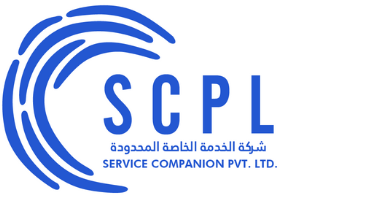Nitaqat Categories Explained: Red, Yellow, Green & Platinum – A Practical Guide for Employers in Saudi Arabia
Estimated reading time: 8–10 minutes
Key Takeaways
- Nitaqat classifies companies by their Saudization levels and directly affects visas, renewals, and access to government services.
- Categories range from Red and Yellow (restricted) to Green and Platinum (rewarded with operational flexibility).
- Criteria are dynamic by sector, company size, and designated roles—regular monitoring is essential.
- Practical improvements include targeted Saudi hiring, training partnerships, and rigorous compliance tracking.
- High-performing companies gain faster processing, better reputations, and priority in contracts.
Table of Contents
- What Are Nitaqat Categories?
- Detailed Breakdown: Green, Yellow, Red, Platinum
- Category Classification Criteria
- Implications for Business Operations
- Improving Your Nitaqat Category
- Benefits and Penalties Overview
- Real-World Success Stories
- Taking Action: Monitor, Plan, Get Support
- Why Choose SCPL for Nitaqat Strategy
- FAQ
What Are Nitaqat Categories?
Nitaqat categories are government-defined tiers that reflect how well companies meet Saudization targets—the percentage of Saudi nationals in their workforce. Your classification determines how smoothly you can operate in the Kingdom, from visa issuance to permit renewals.
The Nitaqat framework was created by the Ministry of Human Resources and Social Development (MHRSD) to reward compliance and discourage non-compliance with Saudization goals.
Key aspects of the classification system:
- Dynamic criteria that change by industry sector
- Company size considerations
- Regular government updates to requirements
- Direct impact on visa processing and core operations
Tip: Treat your category as a strategic KPI. Track it monthly and align hiring plans accordingly.
Detailed Breakdown of Each Category
Green Category
Companies in the Green tier meet minimum Saudization thresholds. Sub-levels include High, Medium, and Low Green. As outlined in the Nitaqat guidance, Green companies typically enjoy:
- Access to full government services
- New visa issuance within quota
- Work permit renewals
- Job role modification privileges
Yellow Category
Yellow companies fall below target Saudization rates yet are not in the lowest tier. According to the Nitaqat framework, they face:
- Limited access to new visas
- Restrictions on permit renewals
- Constraints on role changes
- Urgent need for improvement strategies
Common improvement strategies:
- Targeted Saudi recruitment
- Employee upskilling programs
- Strategic role restructuring
Red Category
Red indicates significant non-compliance with Saudization requirements and carries severe consequences:
- Complete visa issuance ban
- Blocks on work permit renewals
- Substantial financial penalties
- Exclusion from government contracts
- Significant operational disruption risks
Platinum Category
Platinum recognizes excellence in Saudization compliance. As summarized in the Nitaqat overview, Platinum companies benefit from:
- Priority access to government services
- Expedited visa processing
- Greater workforce management flexibility
- Enhanced market reputation
- Preferential treatment in contracts
Bottom line: Moving from Yellow to Green—and ultimately Platinum—unlocks efficiency, credibility, and growth.
Category Classification Criteria
Saudization requirements vary based on:
- Industry sector (stricter in strategic industries like healthcare and engineering)
- Company size
- Designated role requirements
- Current market conditions and periodic policy updates
For a sector-by-sector view and how entity form impacts compliance, see the guide to different types of businesses in Saudi Arabia.
For policy direction and best practices, review the Saudization 2025 employer guidelines in KSA.
Implications for Business Operations
Higher Categories (Green/Platinum)
- Streamlined administrative processes
- Better business opportunities and partnerships
- Enhanced market credibility
- Greater operational flexibility
Lower Categories (Yellow/Red)
- Restricted business growth
- Limited workforce management capabilities
- Financial penalties and higher compliance overhead
- Reputational damage
See the full implications summarized in the Nitaqat resource.
Improving Your Nitaqat Category
Practical steps for enhancement:
- Partner with Saudi training institutes
- Implement targeted recruitment programs
- Develop internal promotion pathways
- Create retention strategies
- Regular compliance monitoring to stay aligned with updated quotas
Best practices:
- Conduct regular workforce audits
- Identify roles suitable for Saudization
- Prioritize Saudi national promotions
- Use MHRSD compliance tools
- Maintain detailed documentation
Deep dive: workforce nationalization compliance in Saudi Arabia through the Nitaqat program.
Benefits and Penalties Overview
Platinum
- Unlimited government services
- Fast-track processing
- Maximum operational freedom
Red
- Service restrictions
- Financial penalties
- Operational constraints
- Market limitations
Reference: Nitaqat benefits and penalties summary.
Real-World Success Stories
Case Study: Manufacturing Sector (Riyadh)
- Moved from Yellow to Green within two quarters
- Launched graduate internship programs and Saudi training initiatives
- Restructured roles to prioritize Saudi employee progression
Read more: workforce nationalization compliance in Saudi Arabia through the Nitaqat program.
Taking Action
1) Regular Status Monitoring
- Check your current category
- Track Saudization percentages
- Monitor sector-specific requirements
2) Compliance Planning
- Develop clear Saudization strategies
- Set realistic improvement targets
- Allocate the necessary resources
3) Professional Support
- Consult HR specialists to build a compliant staffing plan
- Engage with MHRSD resources and dashboards
- Leverage this guide: Saudization and Nitaqat Compliance: A Guide for HR Professionals in 2025
Success in Saudi Arabia’s private sector increasingly depends on proactive Nitaqat management. It’s not only about compliance—it’s a pillar of long-term growth.
Why Choose SCPL for Your Nitaqat & Saudization Strategy
SCPL helps companies move from restricted categories to growth-ready status by aligning workforce planning with Nitaqat requirements. We combine compliance expertise, on-ground execution, and reliable government relations to reduce risk and accelerate results.
How we help:
- HR Outsourcing & Payroll: End-to-end HR management, Nitaqat tracking, policy updates, and compliant payroll.
- Recruitment Solutions: Targeted hiring of Saudi nationals, graduate intakes, and role restructuring to meet quotas.
- Finance & Compliance: Documentation, audits, and reporting (including ZATCA/VAT alignment) that support category reviews.
- Business Setup & Licensing: Guidance on legal forms and licensing that influence Saudization requirements.
Why SCPL: Dedicated Saudi market specialists, proven hiring pipelines, and compliance-first processes make SCPL the partner of choice for moving to Green and Platinum.
Ready to build your Saudization roadmap? Get a tailored plan aligned with your sector and size.
FAQ
How often do category reviews occur?
MHRSD conducts regular reviews through official portals. Companies should monitor their status monthly. To manage residency aspects, you can check your Iqama status online.
Can Red category companies recover?
Yes. With focused Saudization efforts—targeted Saudi hiring, internal promotions, and structured training—companies can move to Yellow and then Green. Consider guidance from workforce nationalization compliance resources.
What triggers category changes?
Changes in workforce composition, sector-specific requirements, or government policies can affect your category. See the Nitaqat overview for the latest updates.
Get a Free Consultation
Need expert guidance on Nitaqat compliance? SCPL can help you design and execute a Saudization strategy that elevates your category and optimizes operations.










